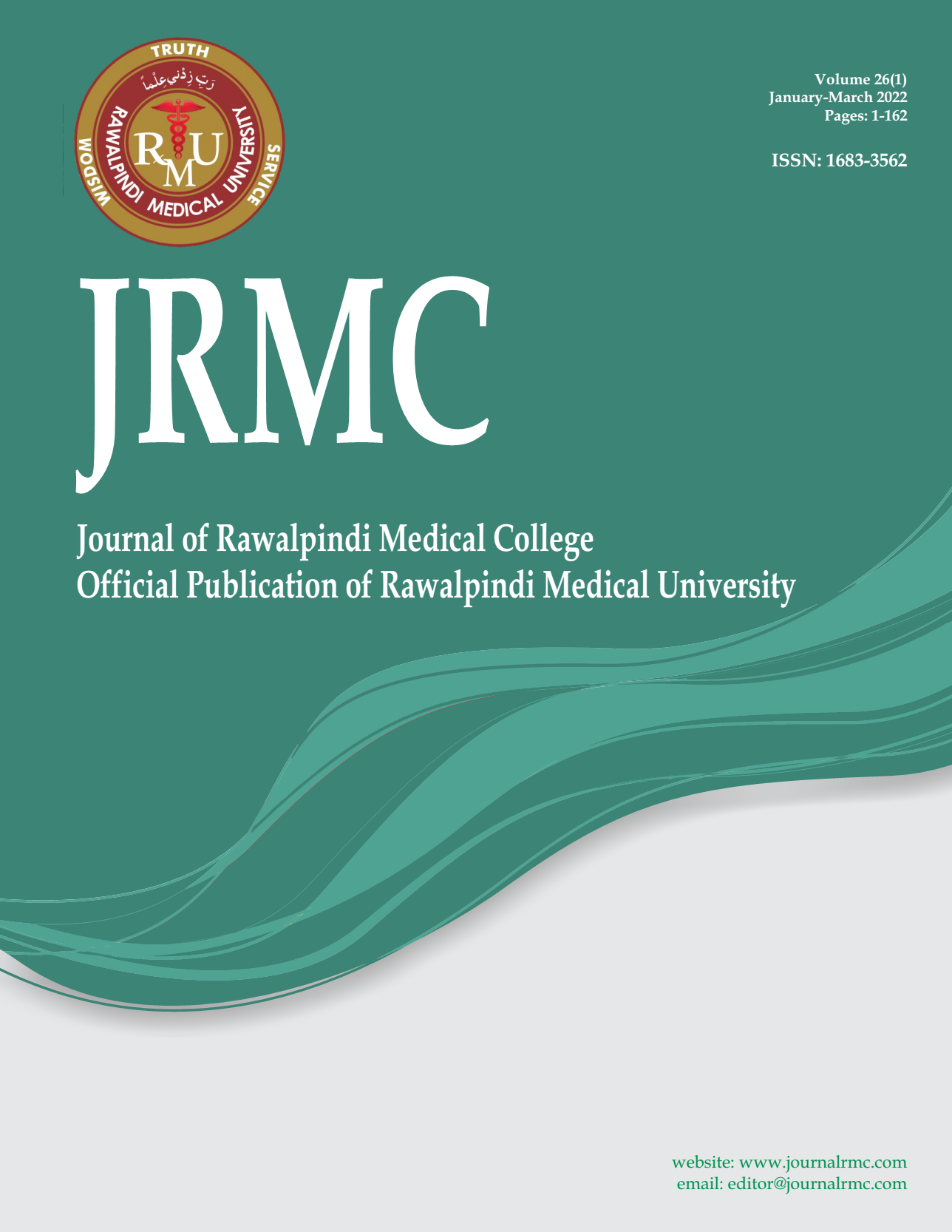Abstract
Abstract
Objectives: To determine the impact of dermatophytosis on quality of life (QoL) of patients at tertiary care hospital, Karachi.
Methods: The cross-sectional descriptive research was piloted in the Departments of Dermatology and Microbiology, Jinnah Postgraduate Medical Centre (JPMC) Karachi, a leading public tertiary care hospital during the July 2019 to December 2019. The patients <16 years aged were excluded from this study. The KOH (10%) wet mount was performed for fungal hyphae and spore observation in specimens. Quality of life was determined by dermatology life quality index (DLQI) scores and their association with different variables was evaluated by using t-test and Fisher test.
Results: A total of 300 dermatophytosis patients were analyzed. The majority of the patients were of no education category. The active age group (16-30 years) showing higher frequency (138; 46.0%) and followed by age group of 31-50 years (126; 42.0%)). In present study DLQI score mean was 13.4 ± 7.3. Unexposed area was the main site 249 (83.0%). Dermatophytosis has effect on the quality of life (QoL) in majority (98.7%) of the patients. The DLQI score was significantly higher in unexposed and both sites involvement (P < 0.001). DLQI score was not affected by the age, sex, literacy, addiction and other demographic variables.
Conclusion: This study revealed that dermatophytosis has a significant impact on the quality of life (QoL) in these patients.

